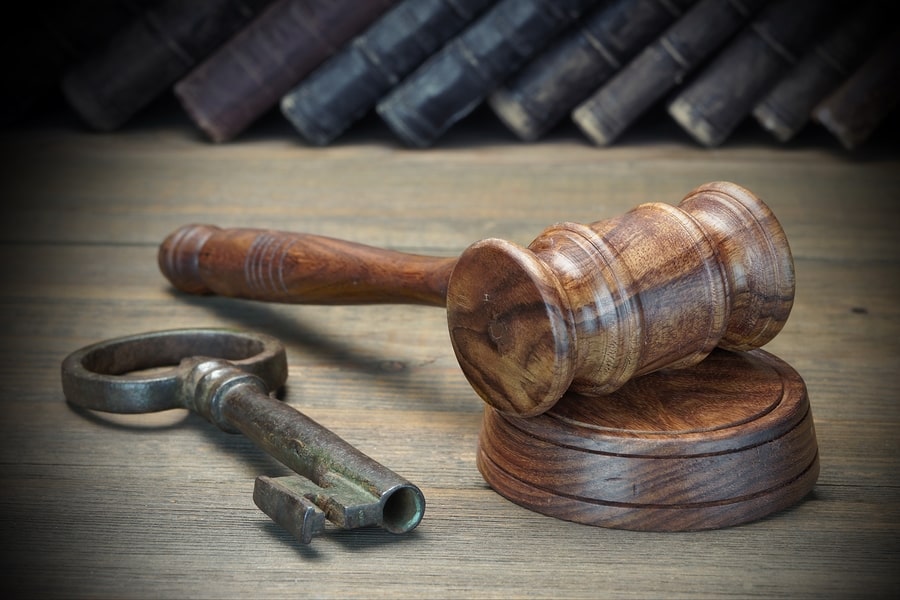
The service is provided only to commercial or business lease
- What are Commercial Lease Disputes?
- The rights and obligations
- Things To Keep In Mind About Commercial Lease Disputes
What are Commercial Lease Disputes?
After a gruelling process of trying to get your business off the ground, you’ve finally made some progress. Securing your commercial property is the first step in turning an idea into a business. You’ve given your references, signed your lease and paid your deposit. However, what happens if your landlord is nowhere to be found when the property needs maintenance? Or if they refuse to repair or replace structural damage? When certain aspects of your commercial lease agreement are not met, disputes can form. There are many different scenarios in which a dispute can rise from commercial property and its lease agreement. They usually stem from common ground elements of the commercial lease that have been signed and agreed upon. This can include property maintenance, building repair, rise in rent, installed fixture removal and so on. Further, there are factors such as loss of quiet enjoyment and relief of forfeiture that are in place to protect the tenant and are lease disputes that they can raise. Under Ontario’s Commercial Tenancies Act (CTA), both the tenant and the landlord have rights and responsibilities that protect them. This act is in place to outline the relationship, rights, and obligations between commercial landlords and tenants. If these rights and responsibilities, or terms of the commercial lease, are ignored or abused then there are grounds for a commercial lease dispute and legal action could be necessaryThe rights and obligations
The CTA lays out obligations and responsibilities to ensure that each lease agreement provides an inclusive and comfortable tenancy for both parties. The CTA covers what the landlord is obligated to do for the tenants and their property. While also outlining what the tenants are obligated to do to meet their landlord’s agreement. These points are general, and just the bare necessities. Yet they provide information on how a commerical lease dispute can arise from the negligence of rights and obligations. The rights and obligations of the landlord include:- The right to terminate tenancy if tenants fail to fulfill their outlined obligation.
- The right of reentry. This is where the grantor of the land has the right to take back property if a specific condition is not met.
- An example of this is if the land granted is not being used for a specific, agreed upon, function.
- The right to distraint for rent. This means that the landlord can seize tenant possessions as a means of obtaining payment of rent, or other money owed.
- The right to apply to the Superior Court of Justice to seek damages for loss of rental income
- The application may also go to Small Claims Court to seek the balance owed under the lease agreement
- The mandatory obligation to provide notification of a breach of lease
- This must be done with reasonable time left for tenants to comply
- The right to take any financial dispute with a landlord to Small Claim Courts, permitting that the dispute of money or personal property is under $35,000
- If it is over $35,000 then an application to the Superior Court of Justice must be made
- The obligation to pay rent to the landlord on the agreed due date within the lease
- The obligation to not hold back rent if the landlord has not fulfilled their obligations of the lease
